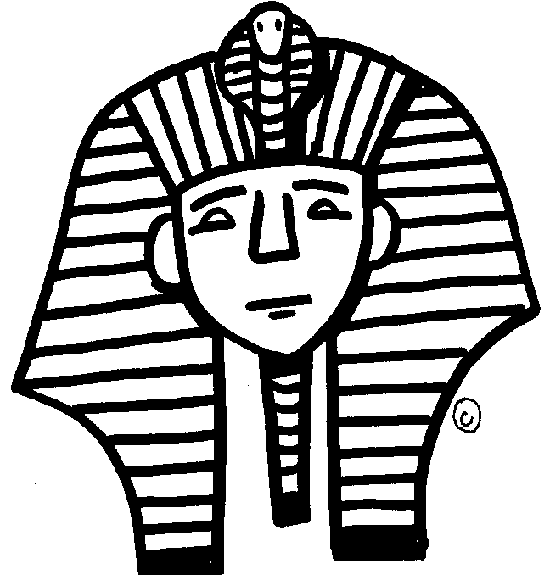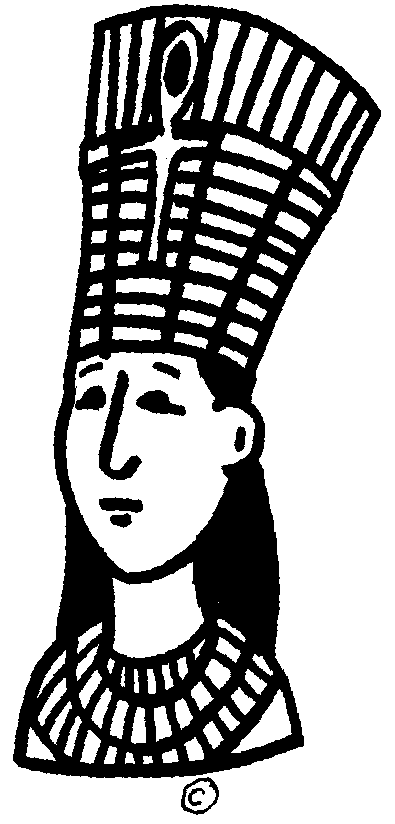Standards
GOAL 1
1. develop questions
and ideas to initiate and refine research
2. conduct research
to answer questions and evaluate information and ideas
4. use technological
tools and other resources to locate, select and organize
information
5. comprehend
and evaluate written, visual and oral presentations and works
7. evaluate
the accuracy of information and the reliability of its sources
8. organize
data, information and ideas into useful forms (including charts, graphs,
outlines) for analysis or presentation
GOAL 2
1. plan and
make written, oral and visual presentations for a variety of purposes
and audiences
3. exchange
information, questions and ideas while recognizing the perspectives
of others
4. present perceptions
and ideas regarding works of the arts, humanities, and
sciences
7. use technological
tools to exchange information and ideas
GOAL 4
1. explain reasoning
and identify information used to support decisions
6. identify
tasks that require a coordinated effort and work with others to complete
those tasks
SOCIAL STUDIES
3. principles
and processes of governance systems
4. economic
concepts (including productivity and the market system) and
principles (including the laws of supply and demand)
5. the major
elements of geographical study and analysis (such as location, place,
movement, regions) and their relationships to changes in society and
environment
6. relationships
of the individual and groups to institutions and cultural traditions
MO GRADE LEVEL EXPECTATIONS
* examine river
civilizations
* describe human
characteristics, such as people's education, language,
diversity, economies, religions, settlement patterns, ethnic background,
and
political system
* compare regions
and predict how human life in one region in the world would
differ from that in another
NETS*S
3. exhibit legal
and ethical behaviors when using information and technology, and
discuss consequences of misuse
5. apply productivity/multimedia
tools and peripherals to support personal
productivity, group collaboration, and learning throughout the curriculum
6. design, develop,
publish and present products (e.g., web pages, videotapes)
using technology resources that demonstrate and communicate curriculum
concepts to audiences inside and outside the classroom
8. select and
use appropriate tools and technology resources to accomplish a
variety of tasks and solve problems
 Back to the top
Back to the top
|
Essential
Question
WHICH ANCIENT CIVILIZATION CONTRIBUTED
THE MOST TO TODAY'S SOCIETY?
Unit (Subsidiary) Questions
For each unit, students will explore
the following areas:
* How was society set up for this
ancient civilization? What role did men, women,
and children play?
What was the caste system?
* Which religion(s) was practiced
in this culture?
* What tools/technology were used
and/or invented?
* What type of economic system was
used? How did the people get the things they
needed? Did they
trade? Did they use a form of money?
* What type of communication was
used?
* How was the government organized?
Was it a democracy? Was there a ruler?
* Who were the people who impacted
this culture? Who were the rulers?
 Back to the top
Back to the top |
Performance
Task
EGYPT: Using Microsoft Publisher,
create an "Ancient Egyptian" newspaper. The newspaper will demonstrate
knowledge of Ancient Egyptian culture (geography, society, communication,
religion, economics, pyramids). The students will include several
different components of a newspaper (i.e. articles, weather, finance, editorials,
comics).
 Back
to the top Back
to the top
|

